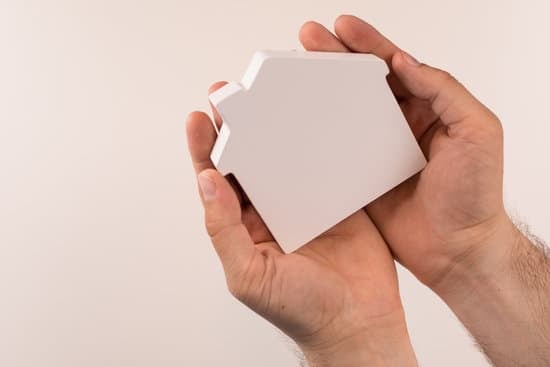Rewiring a house can be a daunting task, but being equipped with the right tools and materials can make the process a lot smoother. The type of cable needed to rewire a house is an important consideration, as safety must be a top priority. To ensure a safe and successful rewiring project, one must be aware that the power must be shut off at the point of consumption before starting any electrical work.
Below are some of the types of cables that are commonly used for rewiring a house:
PVC-Insulated Cables: These cables are the most commonly used type for home electrical wiring. PVC-insulated cables are flexible, easy to install, and relatively inexpensive. They come in different sizes and colours, but modern electrical installations typically use white or grey-coloured cables.
Armoured Cables: For outdoor or underground electrical wiring, armoured cables are a good choice. They are wrapped with a protective layer of metal to provide additional protection against damage.
Twisted Pair Cables: These cables are typically used for telephone and internet wiring. They consist of two insulated wires that are twisted together and are also known as Cat5 or Cat6 cables.
Coaxial Cables: Coaxial cables are commonly used for television, cable, and satellite installations. They consist of an inner conductor surrounded by a layer of insulation, a metallic shield, and an outer jacket.
Whatever type of cable you choose to use for rewiring your house, it is important to follow safety guidelines and consult with a licensed and experienced electrician if you are unsure. Rewiring a house can be a hefty undertaking, but with the proper knowledge and materials, it can be a rewarding experience.



















